The state of Maryland has recently experienced an overwhelming issue with invasive fish being released in bodies of water.
The Department of Natural Resources (DNR) is now calling on local residents to help them eliminate the problem, and they plan on paying for the assistance.
DNR Offering Thousands To Eliminate Invasive Species
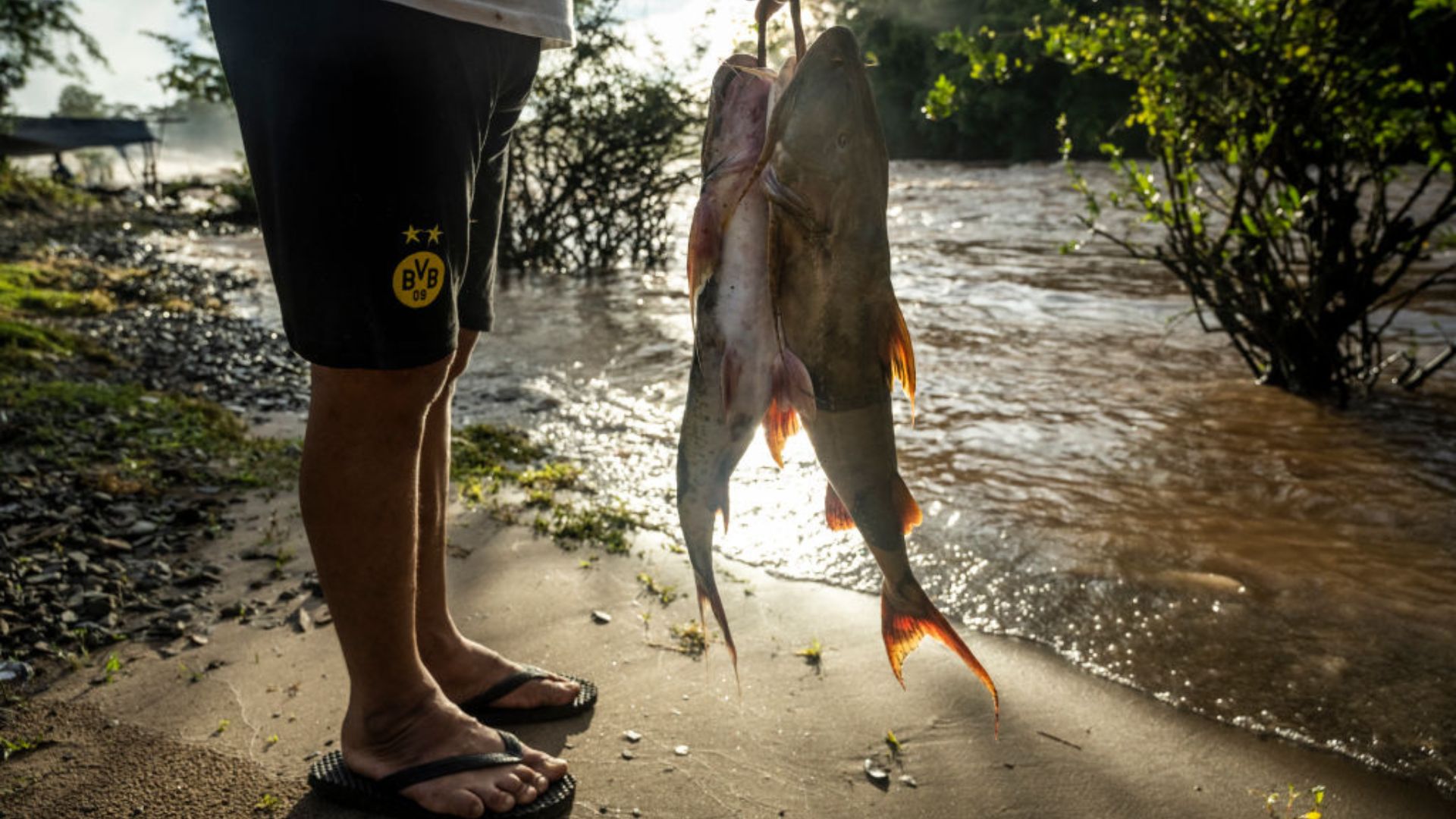
Authorities have announced that they will offer up to $5,000 for local fishermen and women to humanely remove the invasive species from water ways.
The plan comes at the heels of other state’s seeing success with similar programs. In Louisiana, the state offers a bounty for each mutant rat that residents kill.
The Invasive Species Destroying Ecology in the State
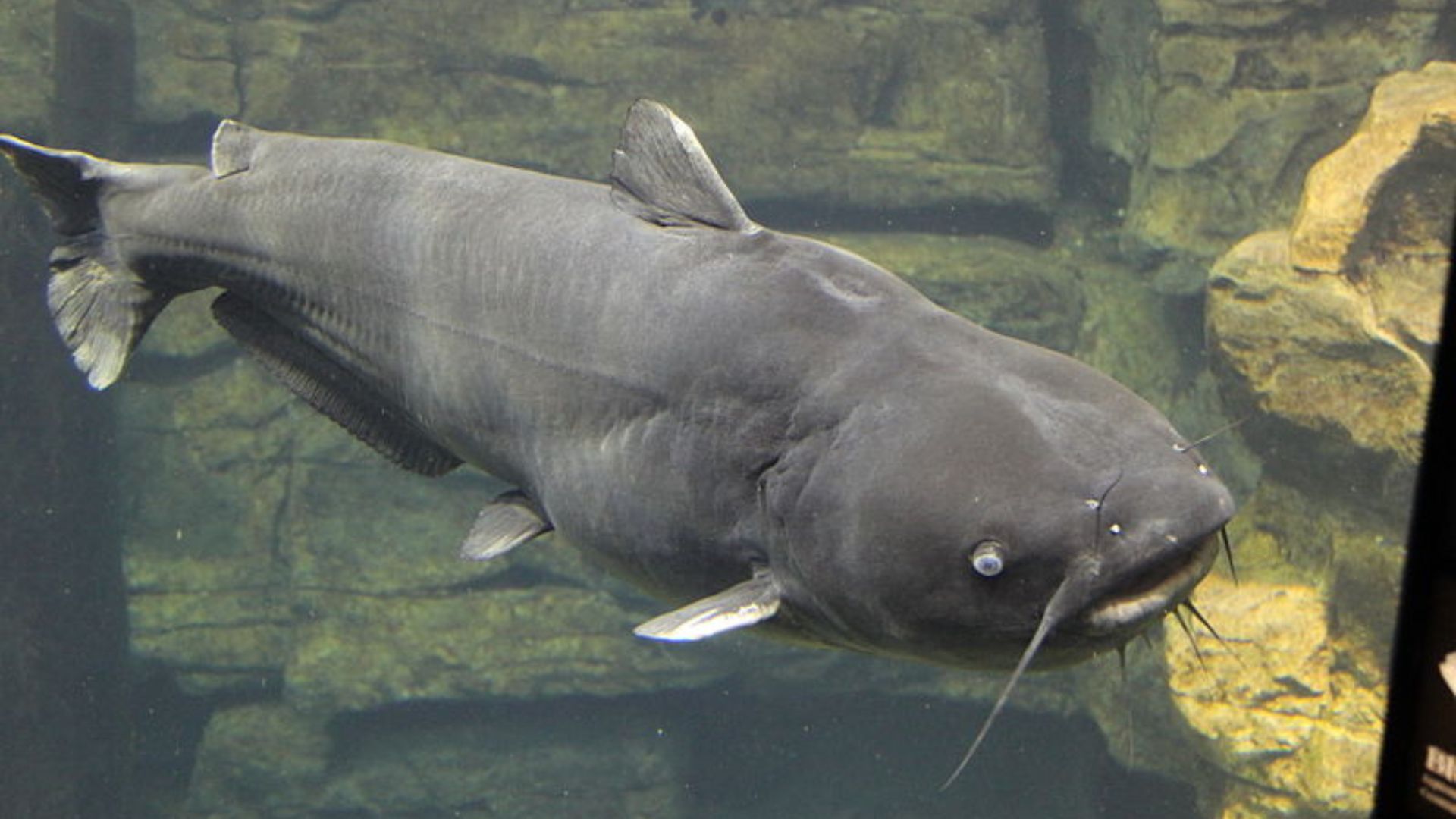
Blue catfish and northern snakeheads have been destroying local ecology in Maryland after being released in lakes, rivers, and streams by unaware owners.
Brandon Wilkiams, the invasive fishes program manager, has said that the more that both of these fish are removed from the water, the better chance that native species will have to thrive.
Program Comes With Strict Stipulations
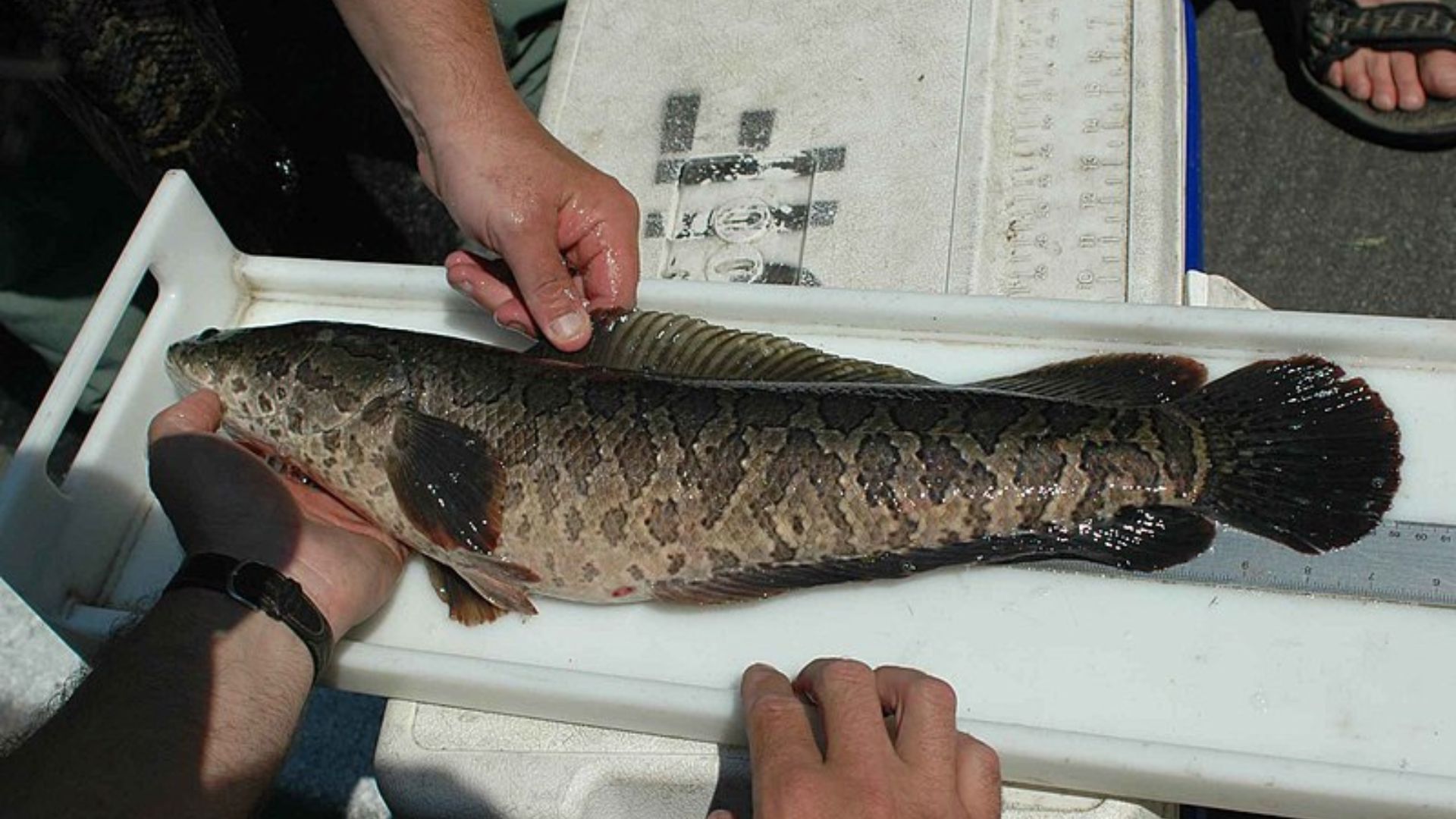
Part of the program requires that fishermen need to find a constructive use for the species.
Unlike in Louisiana, where the mutant rats need to simply be killed off, the Maryland government wants both the northern snakehead and the blue catfish to be used for beneficial purposes.
How Blue Catfish Became So Invasive

Although this particular type of fish is native to Mississippi, Missouri, Ohio, and Rio Grande river basins, they were introduced to other waterways and have had negative effects on the environment and native fish species.
The delicate balance of water ecosystems have been damaged due to the predatory nature of the catfish. They also eat native plants and take away natural resources needed by other fish.
Northern Snakeheads Wreak Havoc on Local Fish
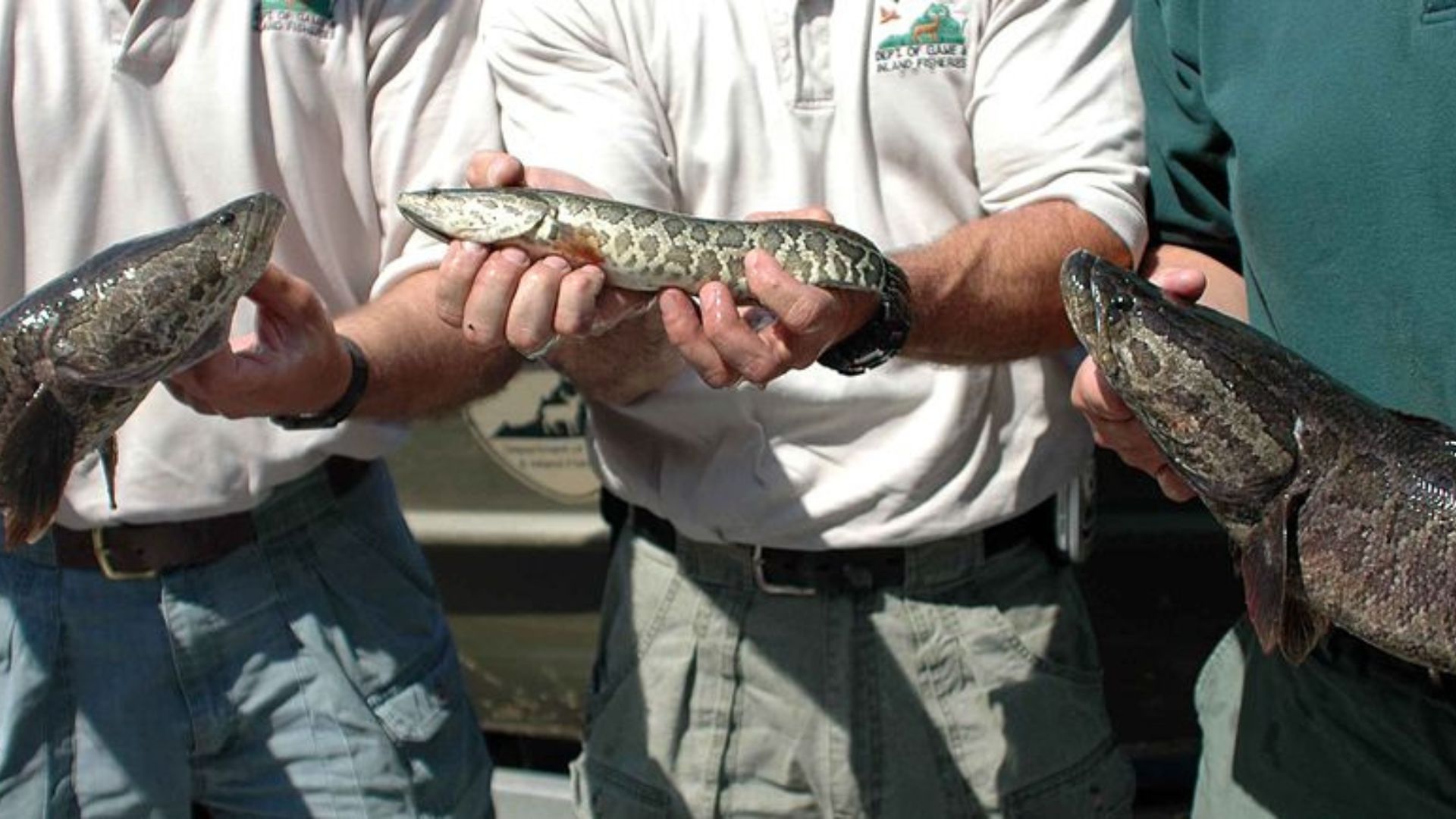
According to the New York Invasive Species group, northern snakeheads are native to Asia and parts of Africa.
The fish were most likely introduced when lazy fish owners dumped their aquariums into lakes and rivers instead of finding a proper home for the aquatic creature.
Added Danger for Local Fish and Animals
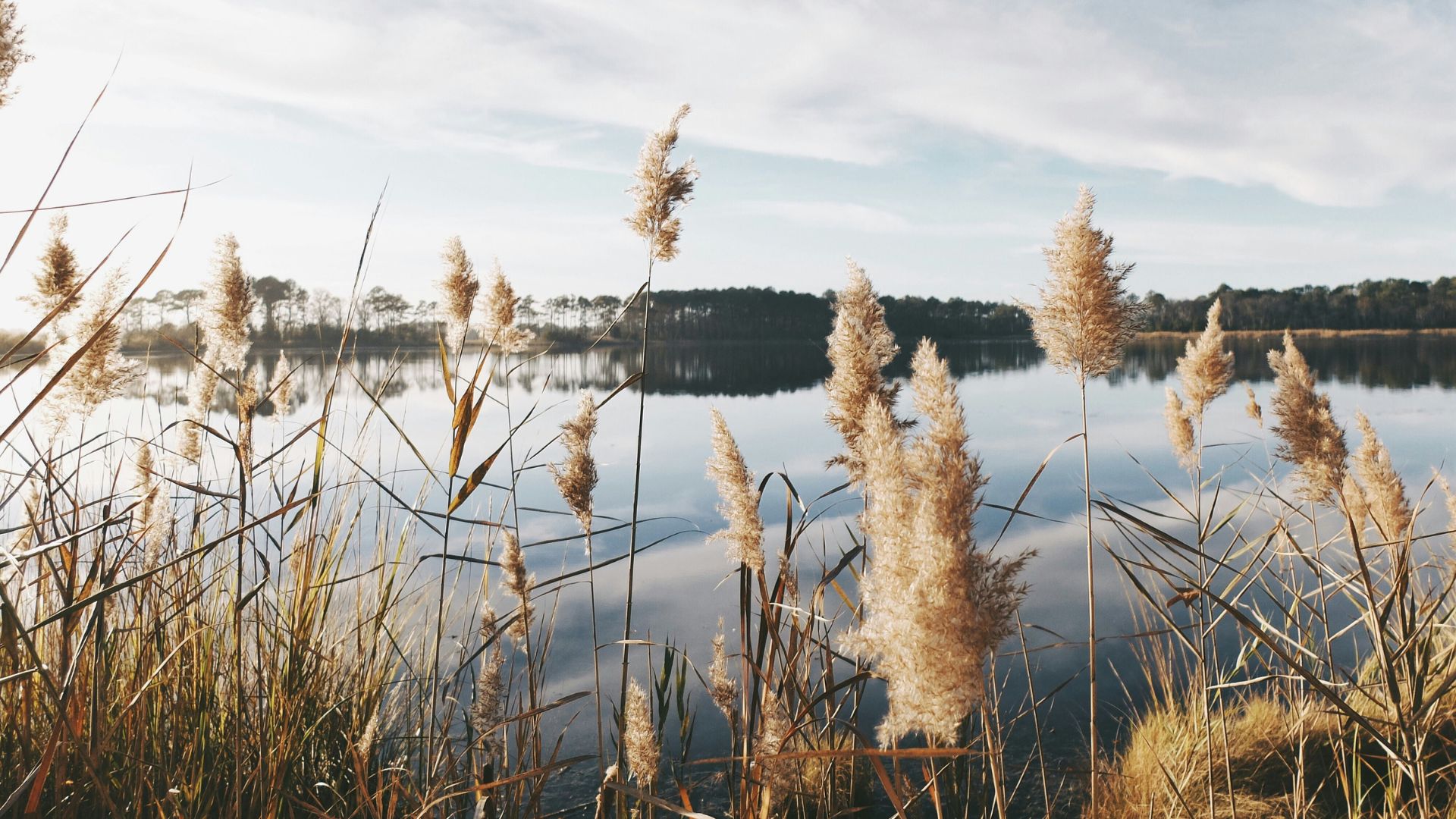
In addition to eating native fish and plants, northern snakeheads are also known to eat reptiles, amphibians, and even some birds and mammals.
The small fish might look unassuming, but it can devastate the biodiversity in an entire area.
Other States Also Struggle With Invasive Species
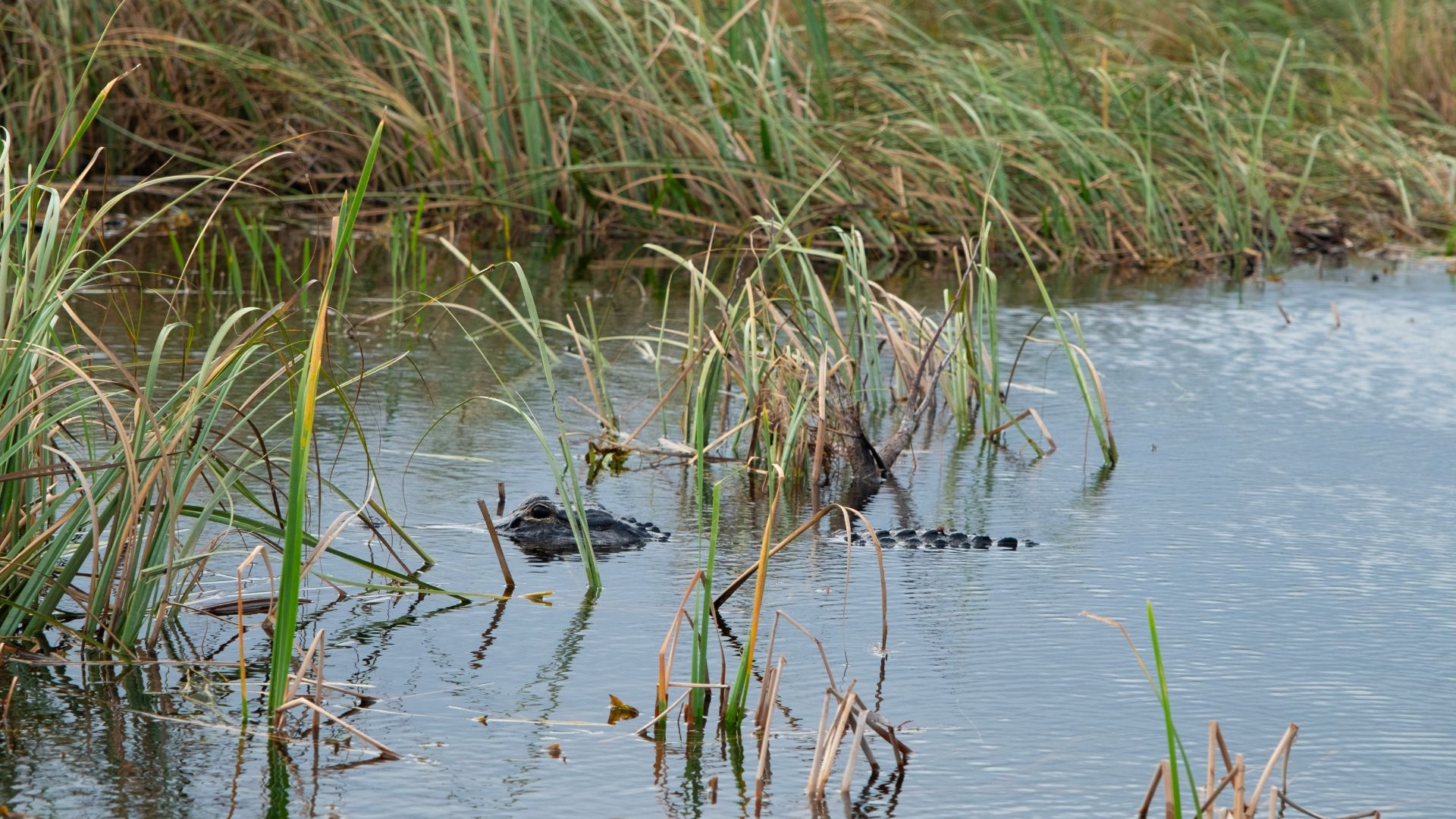
Maryland isn’t the only state struggling to keep up with the invasive species in their waterways and shores.
In Florida, government officials have been battling with invasive species dumped by owners for years.
Pythons on the Loose in Florida
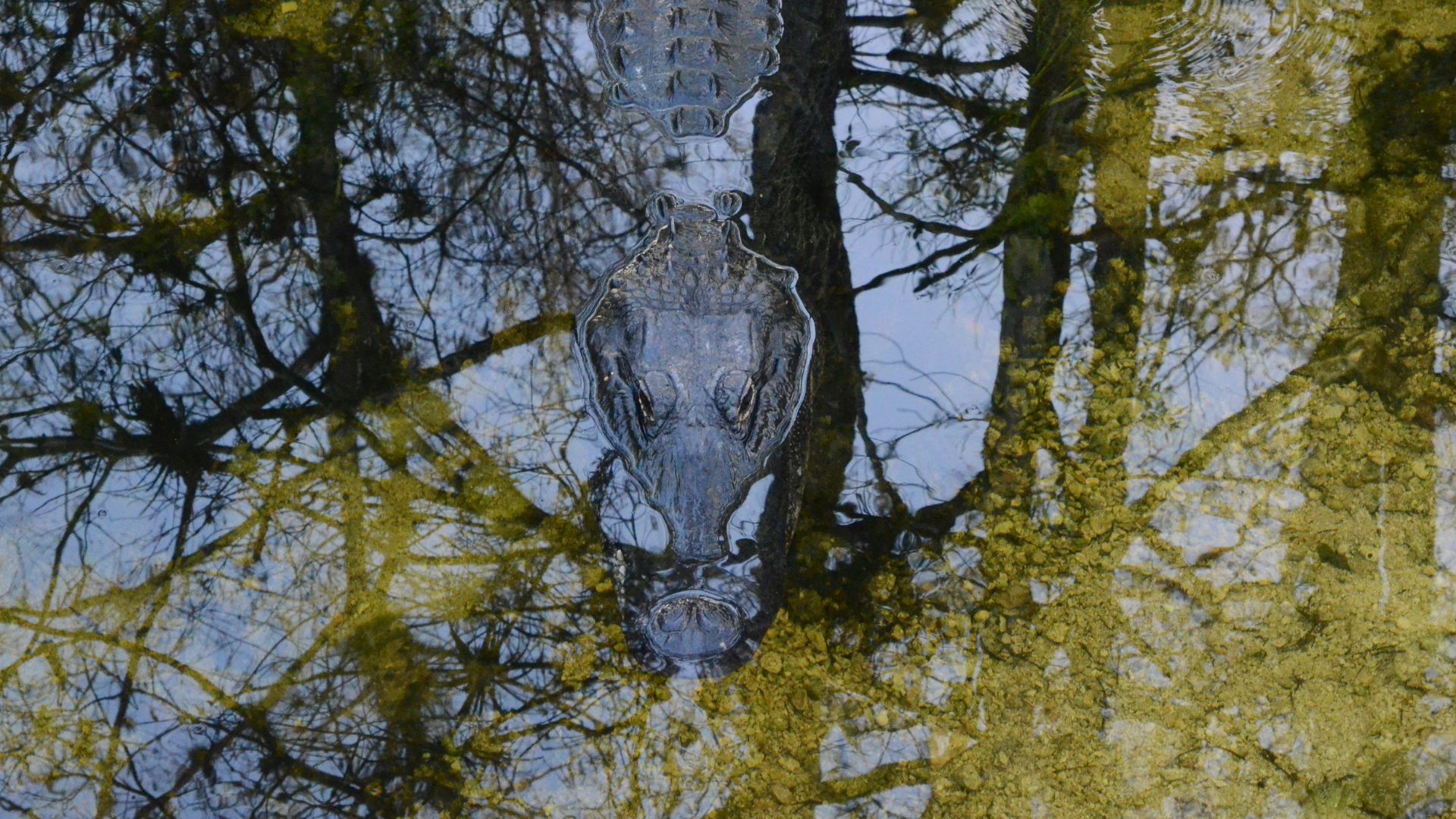
The Florida government has been forced to establish a program that offers a top prize of $10,000 for the humane capture of Burmese pythons.
The massive snakes are often dumped by owners who don’t realize how big the snakes might get, or how much work and veterinary care an exotic animal needs.
Removing Invasive Species Will Boost Local Biodiversity
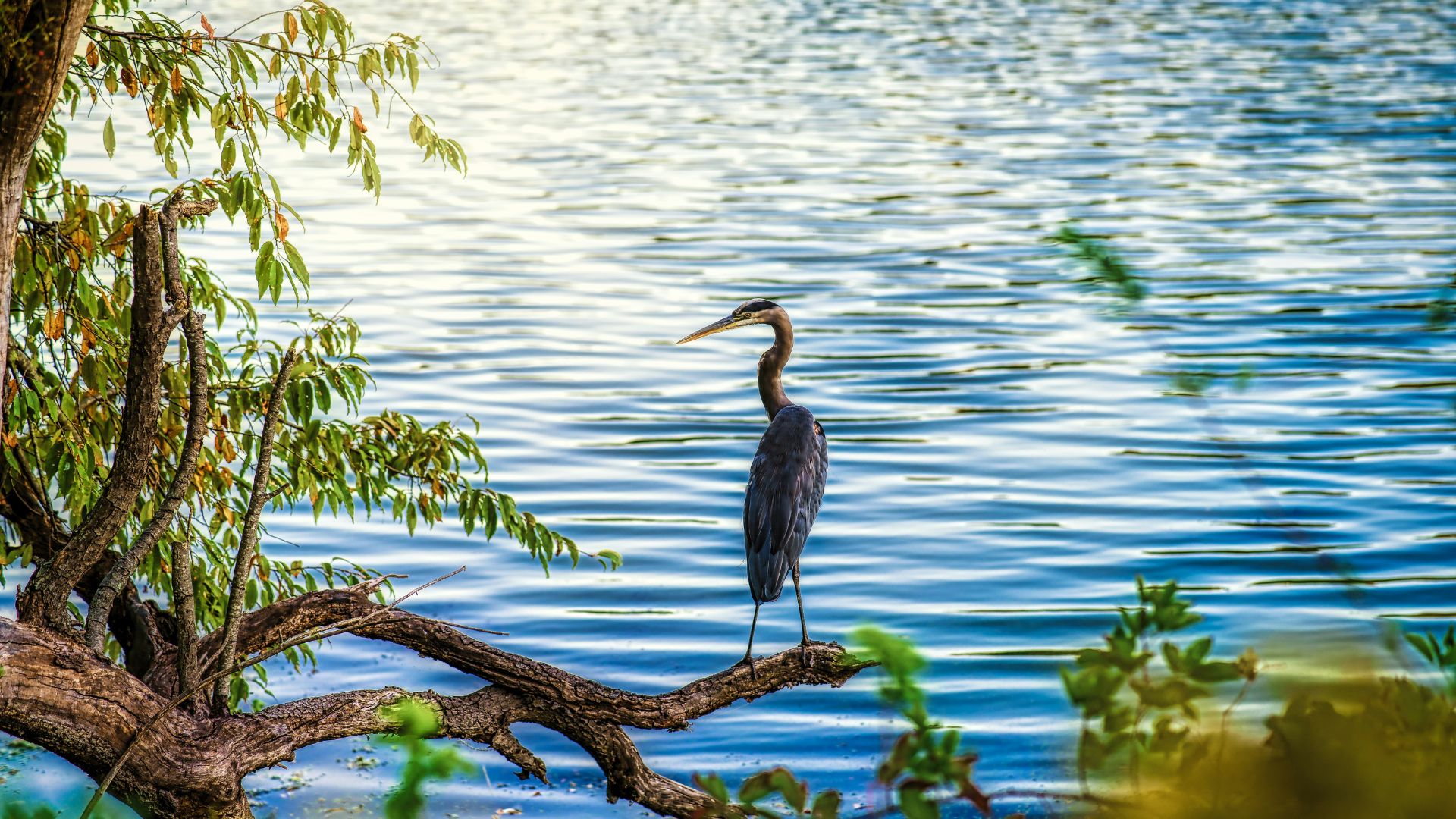
In Maryland, the fisheries department hopes that removing blue catfish and northern snakeheads will have a positive effect on the local flora and fauna.
They specifically address the need to boost the population of blue crabs, striped bass, and yellow perch, which have declined in population in recent years.
Maryland DNR Secretary Makes a Statement
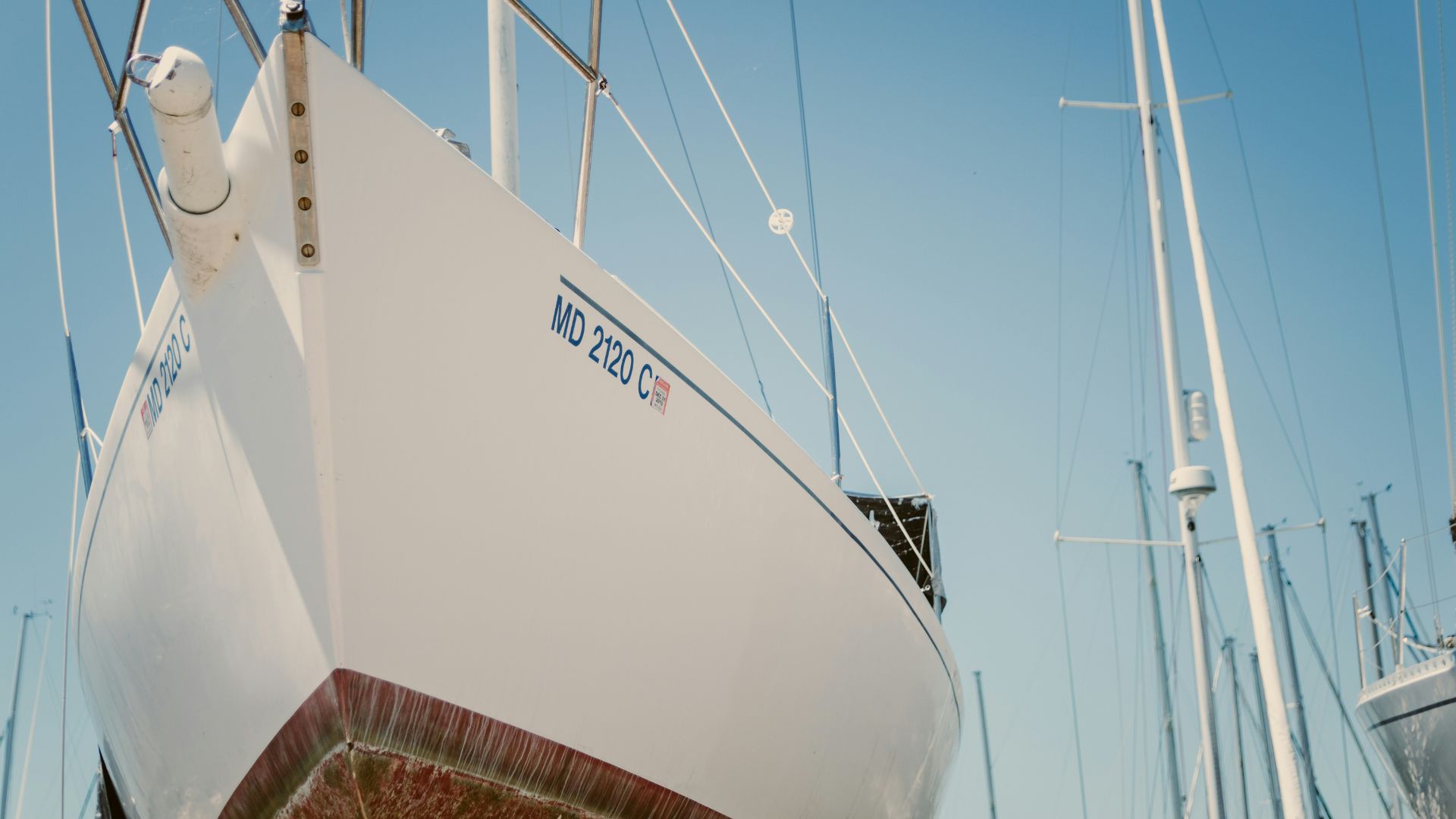
Josh Kurtz, the Maryland DNR Secretary, made a statement to the press on the matter of removing invasive species.
He said that the government hopes to reverse the impact that invasive species have had on the ecosystem in Maryland and that they can delay or pause the damage caused.
Fisherman Must Apply for Permits

To be eligible for the financial compensation, fishermen must apply for a special permit to capture both types of fish.
The deadline is April 15th, and the state hopes that they can secure as many experienced fishermen as possible.
Invasive Species and Maryland’s Response

Maryland faces a growing challenge with invasive species such as blue catfish and northern snakeheads, which threaten local ecosystems and commercial fisheries.
A broader impact of these species reveals deeper insights into the economic and ecological consequences and potential management strategies.
Economic Impact of Invasive Species on Local Fisheries
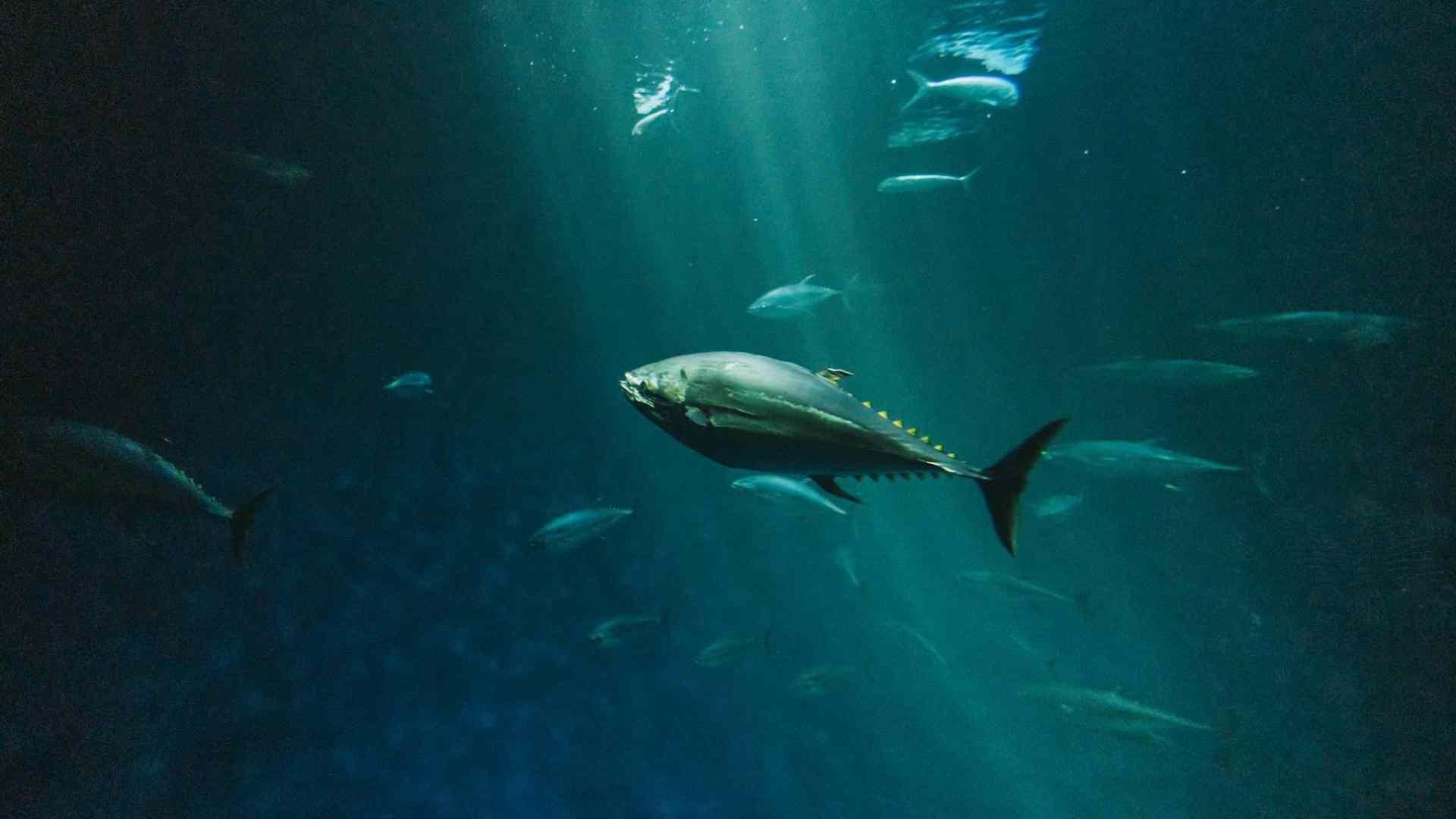
Invasive species have significantly reduced the profitability of Maryland’s fisheries, with a reported revenue decline of 24% due to these predators, as mentioned by U.S. Commerce Secretary Gina Raimondo (via The Baltimore Sun).
This substantial impact highlights the urgent need for both state and federal involvement to mitigate economic losses and support the livelihoods of local fishermen.
Ecological Balance and Biodiversity Threats
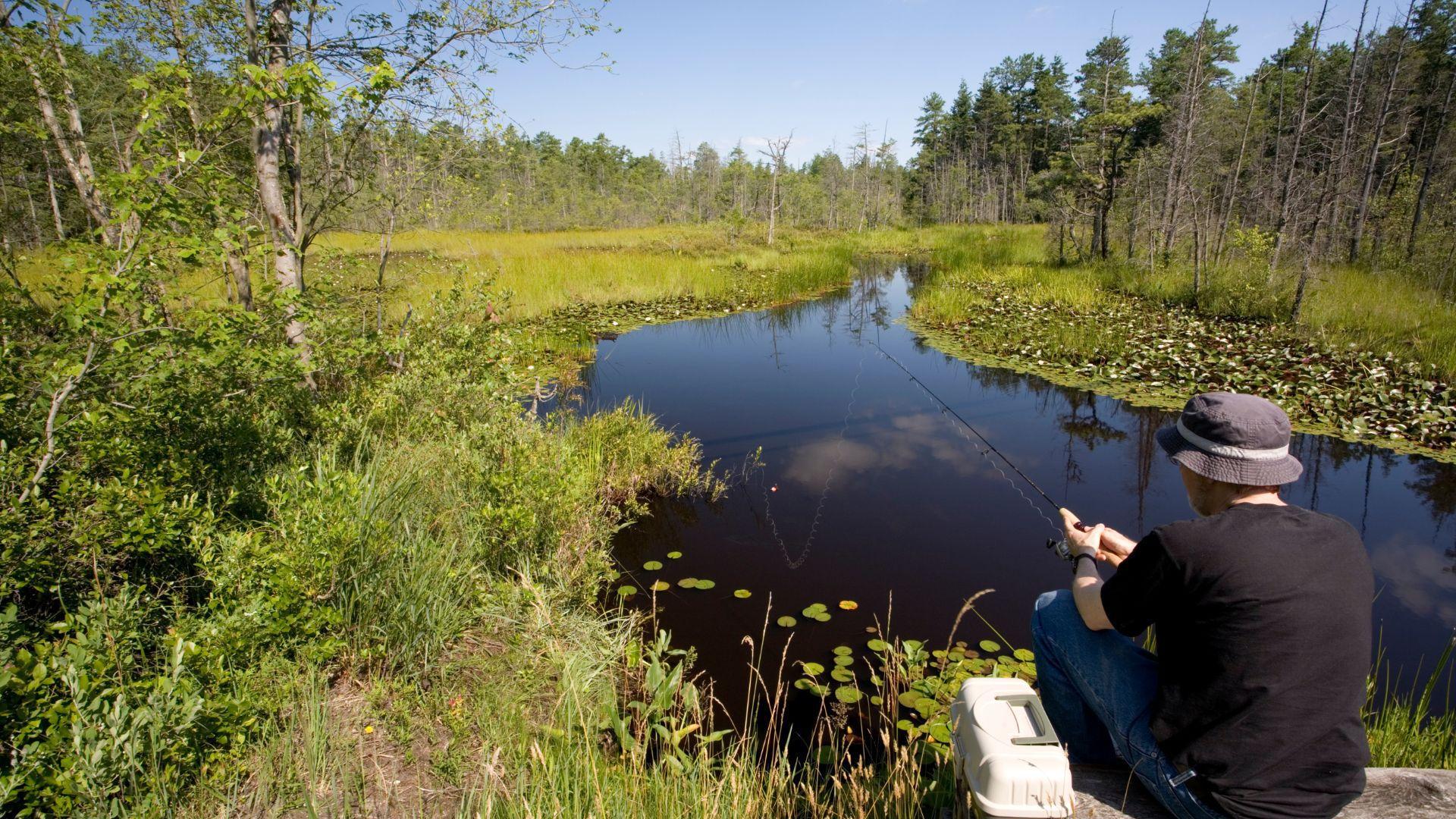
The ecological impact of blue catfish and northern snakeheads extends beyond predation, disrupting reproductive habitats and the food chain of native species.
This gradual but severe impact was significant enough for Maryland to seek, though unsuccessfully, a federal disaster declaration, pointing to the critical need for sustained ecological management efforts.
Failed Disaster Declaration Response
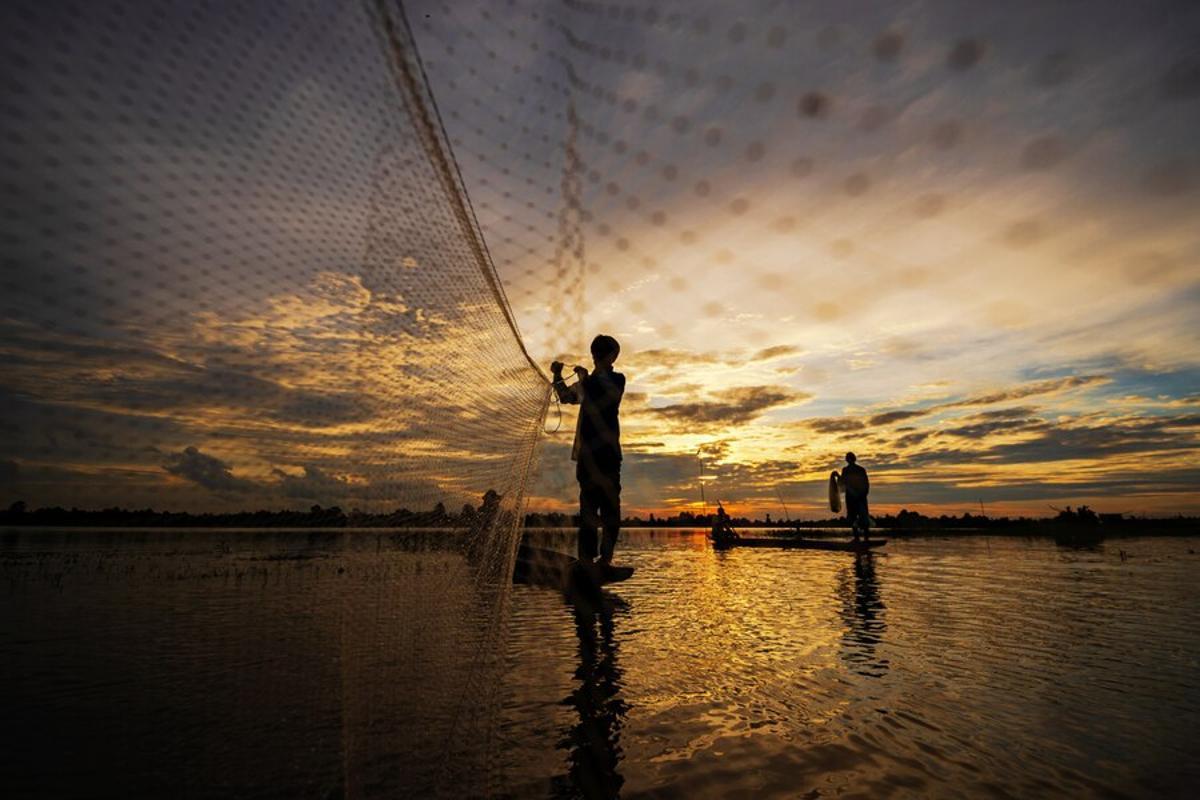
“We’re disappointed in the decision, but also understand the ruling due to the limits of federal law surrounding fisheries disasters,” Maryland Department of Natural Resources Secretary Josh Kurtz stated.
“We will continue to work with our federal partners to determine what form of federal assistance can help us mitigate the continued and pervasive spread of blue catfish and other invasive species impacting commercial fisheries in the Bay. However, this was just one of several efforts underway to tackle this issue. Maryland is taking proactive steps on its own to limit the spread of blue catfish and other invasive species.”
Technological Interventions in Monitoring and Control

To combat the spread of invasive species, Maryland’s Department of Natural Resources is ramping up its use of advanced technologies, including AI and drones for surveillance.
These tools offer the potential to significantly enhance the state’s ability to monitor ecosystem changes and respond proactively to preserve biodiversity.
Community Engagement Strategies

Maryland’s strategy of mobilizing community action to tackle the invasive species problem is its other solution.
By incentivizing local fishermen and residents to participate in removal efforts, the state aims to control populations more effectively and mitigate ecological damage, while fostering a sense of community responsibility towards local ecosystems.
Economic Opportunities from Invasive Species
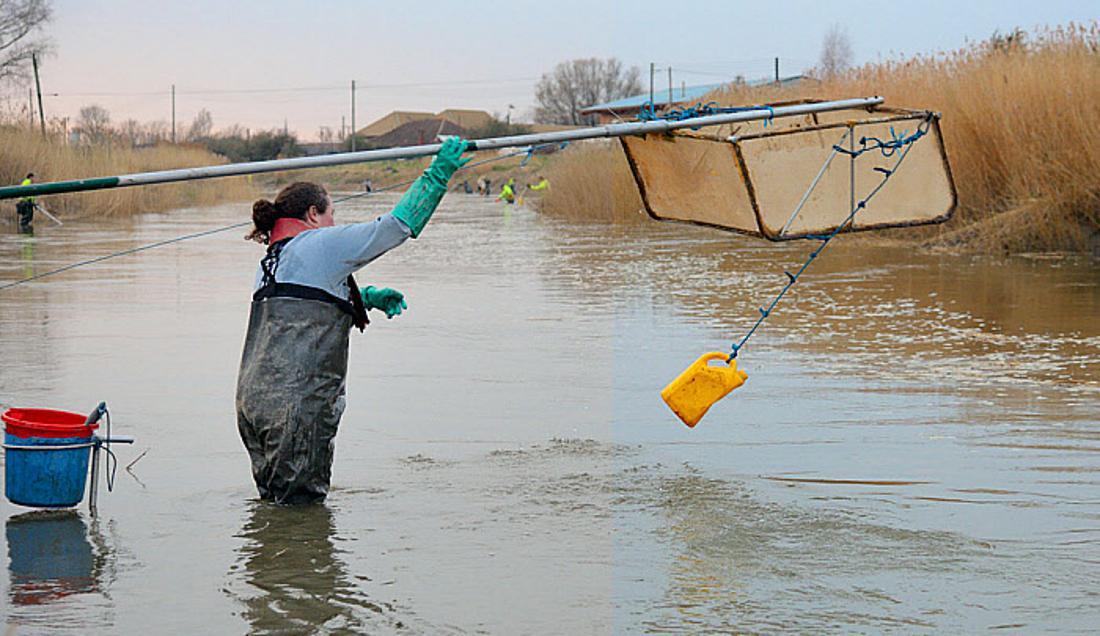
Maryland is turning the challenge of invasive species into an economic opportunity by promoting the consumption of blue catfish.
Encouraging chefs and consumers to include this fish in their diet helps control its population while supporting local gastronomy and businesses.
Educational Programs and Public Awareness

Awareness campaigns play a crucial role in preventing the spread of invasive species.
Maryland’s initiatives aim to educate the public about the risks of releasing non-native species into the wild, emphasizing the importance of maintaining ecological balance through informed community actions.
Challenges in Fishery Management
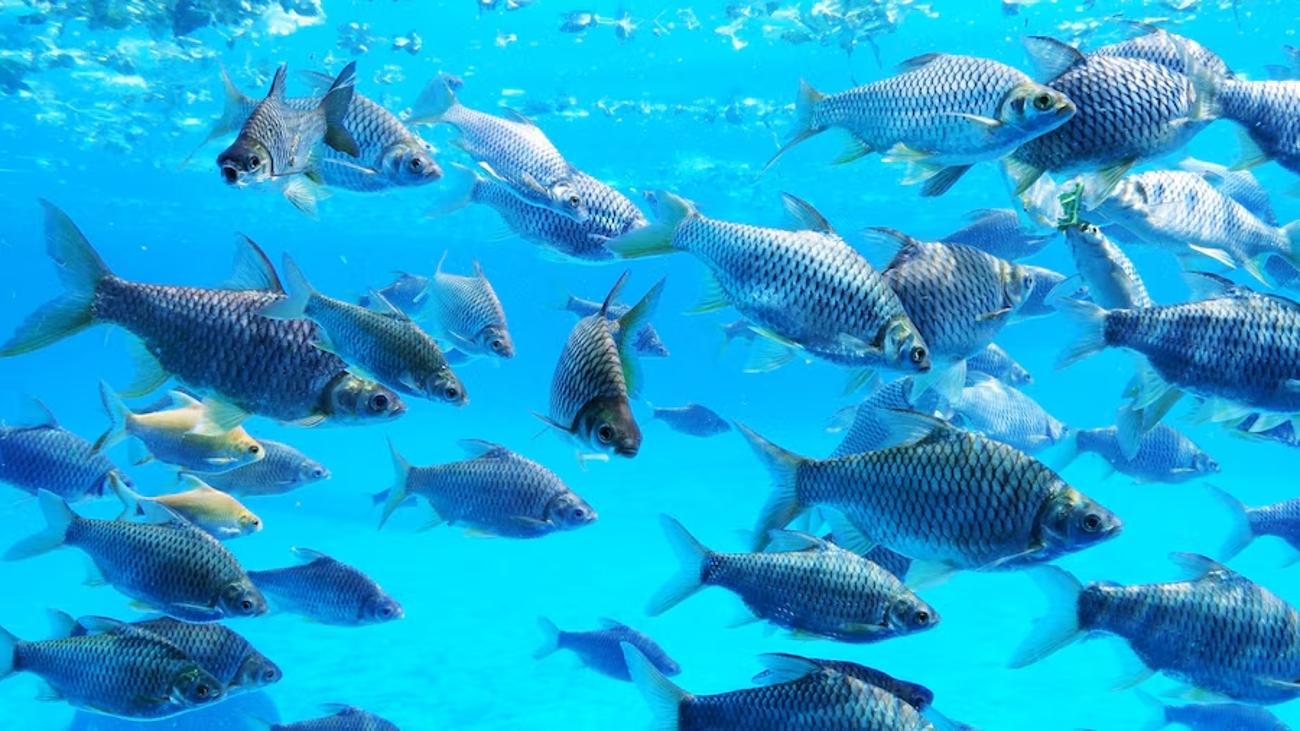
Fishery managers in Maryland navigate numerous challenges, from meeting regulatory requirements to maintaining ecological balance.
Adapting management practices to address the presence of invasive species is crucial for ensuring the sustainability of both the environment and the fishing industry.
Potential for Federal Aid and Support

The denial of federal aid based on current criteria suggests a need for policy evolution to better support states like Maryland.
Exploring potential adjustments in federal support mechanisms could provide more robust backing for states dealing with ecological crises caused by invasive species.
Policy Recommendations for Future Management

To effectively manage invasive species, policy adjustments are necessary. Amending disaster declaration criteria to account for gradual ecological impacts, enhancing legislation to support sustainable fishing, and increasing funding for research into invasive species control are critical steps.
Strengthening collaboration between state and federal environmental agencies will also ensure more rapid and effective responses to ecological disturbances.
Call to Action
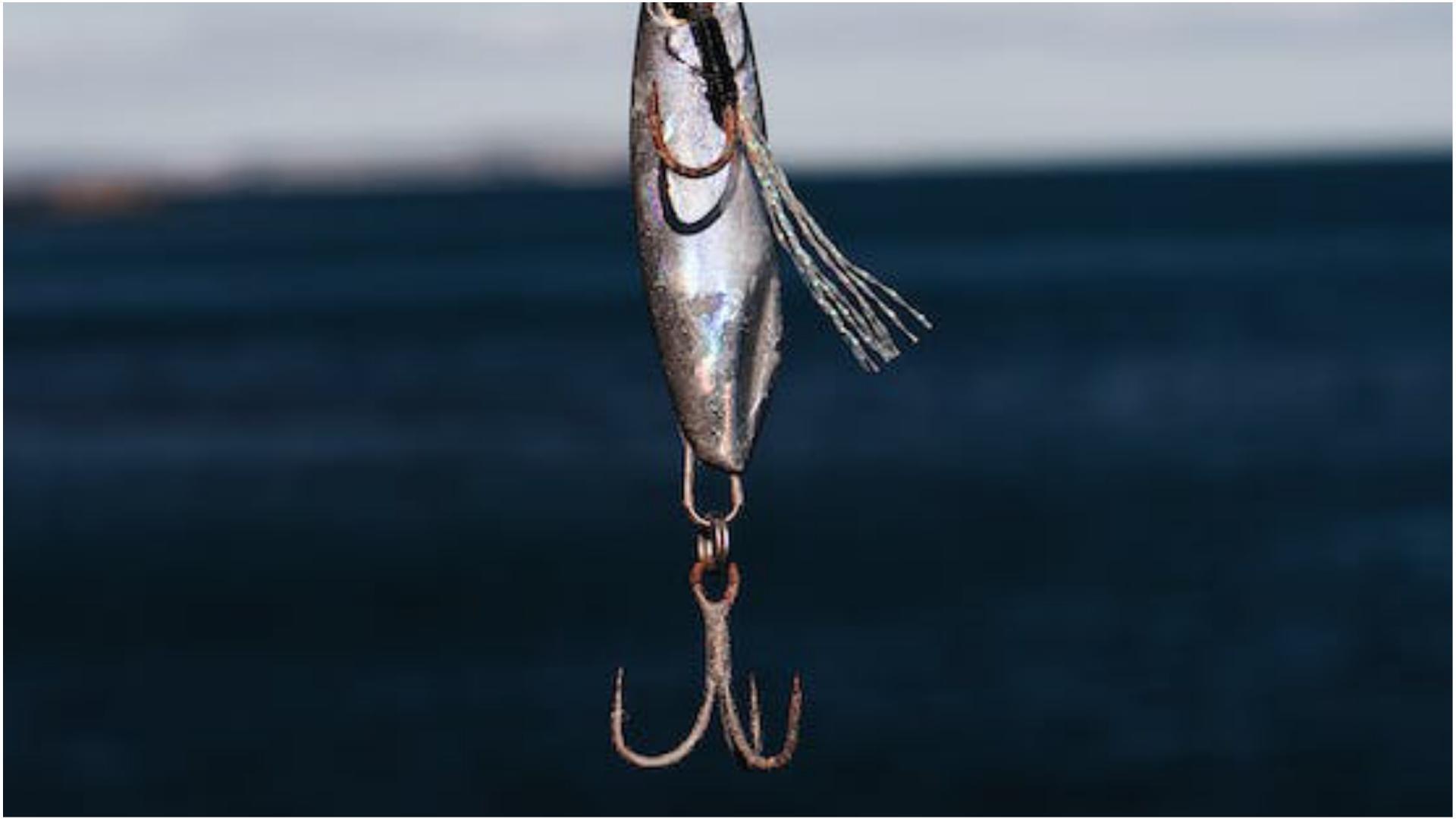
Maryland’s ongoing battle against invasive species underscores the need for collaborative efforts among state and federal agencies, local communities, and private stakeholders.
Enhanced support and participation in proposed strategies are essential for bolstering Maryland’s ecological and economic defenses against invasive species.








































